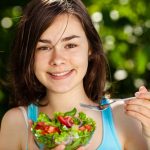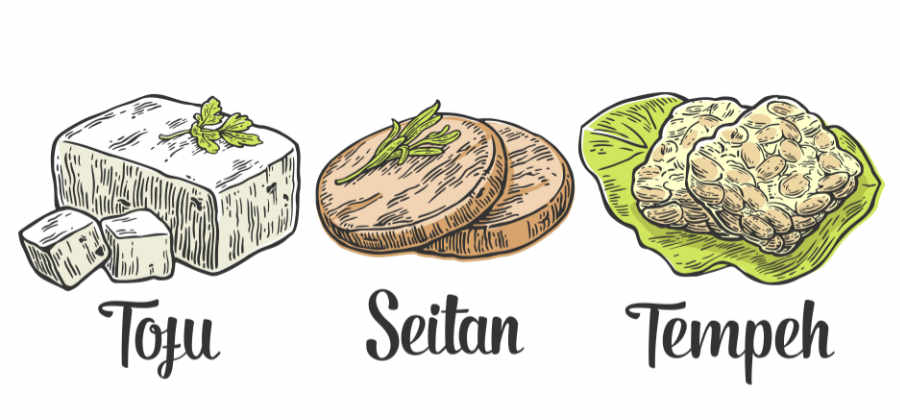
It’s a common misconception that vegetarian and vegan diets lack protein. This may be the case if you fill up with white bread and pasta as some do. However, by balancing your diet there is no need to worry about getting enough and the following are amongst the best plant-based sources around; each being at least 10% protein.
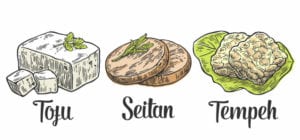
Meat Substitutes
Seitan
Seitan contains about 25 grams of protein per 100 grams making it one of the richer plant-based protein sources. It is also a great source of Selenium and some other essential trace minerals. Once cooked it bears a canny resemblance to meat, both in look and texture making it an ideal choice for non-vegetarians looking to reduce their intake.
Being made from wheat gluten means it’s not a good choice for anyone who suffers from coeliac disease or non-coeliac gluten sensitivity, but otherwise it’s a versatile ingredient that can be pan-fried, sautéed and even grilled.
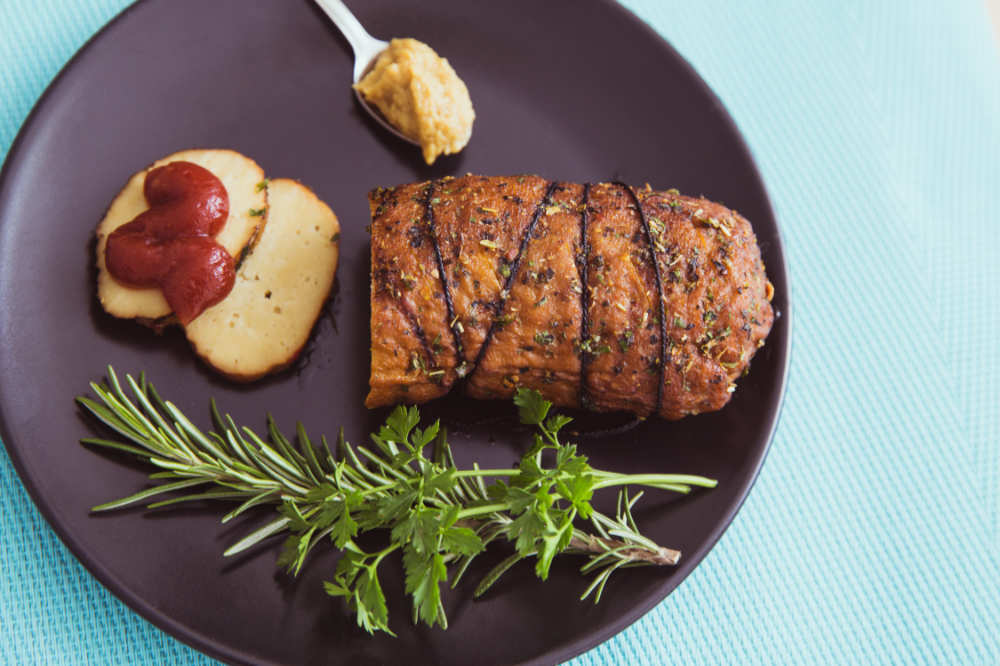
You can find Seitan in the refrigerated section of most health food stores, and gourmet versions in tins and jars can be bought by mail order. It’s also quite easy to make.
Although it is an excellent protein source it is low in the essential amino acid Lysine. Getting around the lack of Lysine is easy enough if you add beans or pulses to any meal. We also have a recipe that includes Chickpea flour which augments the Lysine content.
Most Seitan is marinated before use as Wheat Gluten really puts the “B” into bland, however, with the right seasoning it can add a whole new element to any meal.
Tofu, & Tempeh
Both are Soybean-derived and are great sources of whole protein, meaning they contain all the essential amino acids. Each has slightly different manufacturing processes, with Tofu being made from pressed bean curds, while Tempeh is made by cooking then fermenting mature soybeans.
They both contain up to 19% protein and are good substitutes for meat in soups, stews and chilli etc. Tofu like Seitan is pretty bland, however, it absorbs flavours well making it a good choice for dishes that are already highly seasoned. By comparison, Tempeh has a characteristic nutty flavour making it better suited to dishes where you want to emphasise this.
Legumes
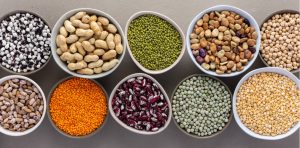
Image: pundapanda/Shutterstock.com
Lentils
The humble Lentil is one of the most versatile foods available being easy to prepare and very nutritious. You can consume them soaked, germinated, cooked, fried or baked and of course, they are a key ingredient in many soups and stews. Lentils come in numerous varieties and contain around 18% protein. They also contain slow-release carbohydrate which keeps you fuller for longer and is high in dietary fibre.
Chickpeas
Chickpeas, also known as garbanzo beans, like most legumes are high in protein as well as fibre. Typically they contain 15% Protein which is in line with other beans. They are also a key ingredient of Humus. Chickpeas need soaking before cooking so it is sometimes easier (and definitely quicker) using canned ones.
Seeds & Grains
Hempseeds
Whole, hulled hemp seeds are about 33 per cent protein and although they come from the Cannabis sativa plant, they don’t have any hallucinogenic properties. The easiest way to consume them is by adding them to muesli, and they are also available as a powder that can be added to soups or even baked goods.
Spelt
Spelt (Dinkel Wheat) is an ancient grain that is part of the wheat family and thus contains gluten which is a consideration for those intolerant of it. It contains around 15% protein and is an excellent source of nutrients particularly iron & magnesium as well as being high in fiber. It’s an excellent alternative to more traditional grains, such as wheat and rice, and can be used as a flour replacement in baked goods. You can even make porridge with it.
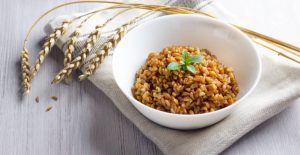
Image: Ange P/Shutterstock.com
Greens
Edamame
Edamame is immature soybeans that have a pleasant rather sweet taste. They are best served steamed or boiled and can be used as a side veg or added to soups and salads. Edamame is around 11% protein and contains significant amounts of Potassium & Vitamin C them a good alternative to more traditional greens such as garden peas.
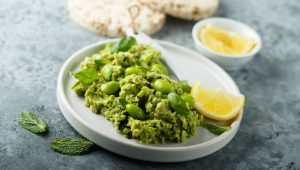
Edamame beans can also be made into a paste.
Image: MariaKovaleva/Shutterstock.com
Flavouring Additives
Nutritional Yeast
Nutritional yeast also known as savoury yeast flakes is a deactivated strain of baker’s yeast (Saccharomyces cerevisiae). Normally found in the powdered or flaked form it is more useful as a flavouring than a stand-alone protein source. It has an interesting sort of cheesy flavour, which makes it a good addition to dishes like mashed potatoes and scrambled tofu.
It is very high in protein (as much as 50% according to some sources) however you wouldn’t sit down to a bowl of it (except for a bet maybe). Still, it should be part of any animal-free protein diet and as a bonus nutritional yeast is a great source of B vitamins (especially if fortified) and also selenium. It is also a decent source of dietary fibre.
Flexitarian Diet
So as you can see there is no need to worry about getting enough protein via a vegetarian or flexitarian diet, however, you do have to eat a variety of foods and of course, get those Vitamin B12 supplements as it is almost impossible to get enough from plant-based sources. Reducing your meat intake not only has health benefits but also protects the environment as you can read here.




